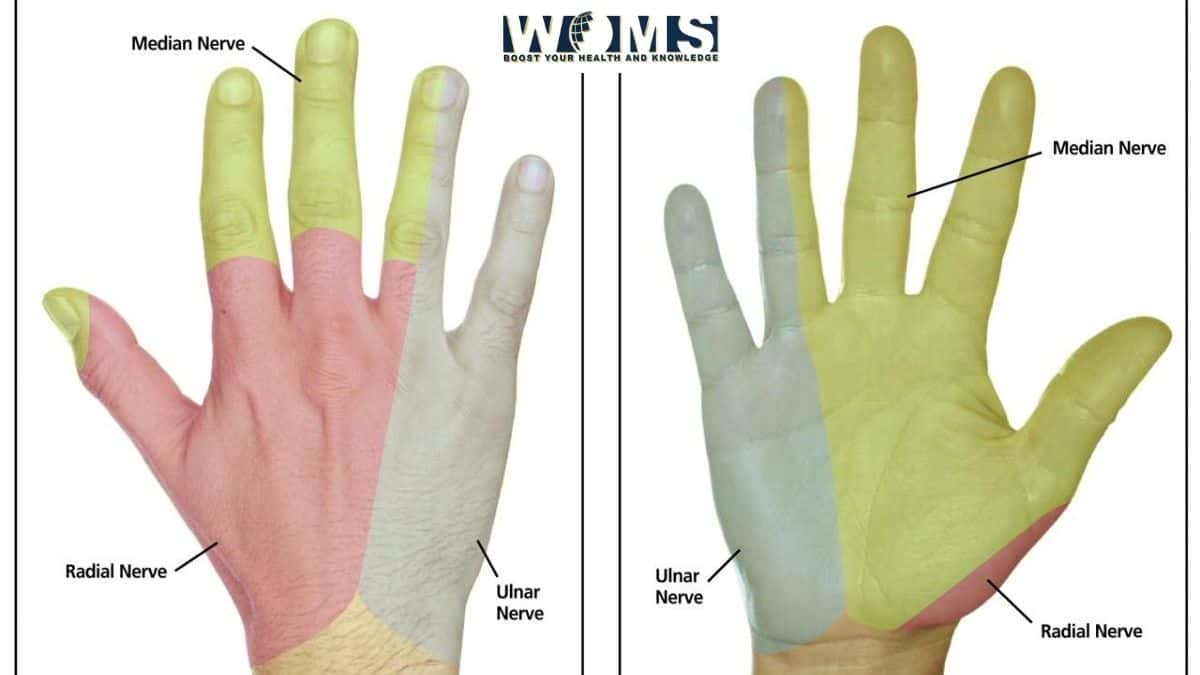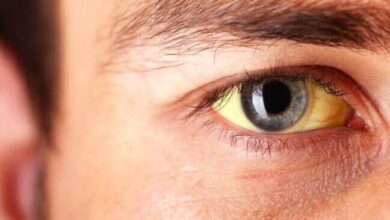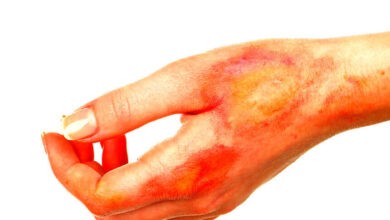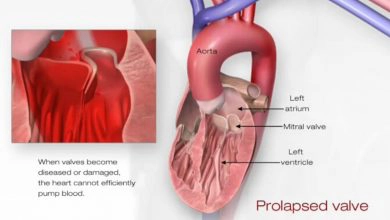Carpal tunnel syndrome diagnosis

It is the compression neuropathy of the median nerve in the carpus deep to the flexor retinaculum. Flexor retinaculum muscle maintains the concavity of the wrist and extends laterally from trapezium and scaphoid to pisiform and hook of the hamate medially. Let’s know about Carpal Tunnel Syndrome Diagnosis
Carpal tunnel consists of carpal bones behind and flexor retinaculum in front. It contains the median nerve and long flexor tendons of fingers and thumb of your hand. The ulnar nerve lies superficially, not in the carpal tunnel.
When the space of the carpal tunnel gets narrower then compression occurs on the median nerves. The carpal tunnel syndrome diagnosis is present in the main article.
Causes
The carpal tunnel syndrome causes are:
- Lunate dislocation, malunited Colle’s fracture
- Radiocarpal arthritis, flexor tendon tenosynovitis.
- Myxoedema, acromegaly, pregnancy
- Clinical features
- Common in females
- Tinglings, numbness, paraesthesia and burning sensation in the lateral three and a half fingers supplied by the median nerve. Burning sensation aggravates at night.
- Ape thumb deformity, wasting of thenar muscles, weakness of opponents pollicis and abductor pollicis brevis, i.e. features of low median nerve palsy.
- The inflation of the Blood Pressure cuff makes the patient feels the typical pain in the fingers of the affected hand.
- Tapping the median nerve at the distal end of the forearm with the wrist held in extension aggravates the carpal tunnel syndrome symptoms and carpal tunnel syndrome diagnosis.
- Condition is often bilateral.
- Phalen’s test (wrist flexion test): flexion of the wrist causes exacerbation of the carpal tunnel syndrome symptoms will disappear as the wrist is in a straight manner.
Differentail diagnosis
- Cervical spondylosis
- Cervical rib syndrome
Diagnosis
By using a combination of the patient’s history, physical examination and the test we can diagnose the Carpal tunnel syndrome. We can diagnose it by:
- Nerve conduction studies
- Xray/ MRI neck
A physical examination includes a detail evaluation of your hand, wrist, shoulder and neck to check any other causes for the nerve compression. Your doctor will look at your wrists for the signs of tenderness, swelling or any other deformities. The doctor will check the sensation of your finger and the strength of the muscle in your hand.
Nerve conduction studies are diagnostic test that can measure the conduction speed of the nerve of your hand. If nerve impulse is slower than normal as the nerve passes into the hand, a carpal tunnel syndrome diagnosis will be true.
Treatment
If the you know early about Carpel Syndrome then you can minimize by wearing a wrist brace for carpel Syndrome.
Surgical decompression of median nerves by cutting both superficial and deep part of flexor retinaculum completely, by ‘s’ shaped incision.
Surgery is usually occurring under local anesthesia like a General or brachial block. A tourniquet is more commonly in use. Vertical crease incision is made in the proximal part of the palm with the convexity of the incision towards the ulnar side.
The skin incision is deep. During incision, we should be careful of the palmar cutaneous branch of the median nerve. The incision is deepened to identify the flexor retinaculum. The entire length, both superficial and deep parts should be cut properly. It is cut towards the ulnar side of the wound. Suturing is done on the skin by using interrupted nonabsorbable 3 zero polypropylene or polyethene sutures.
Complications are incomplete fasciotomy and recurrence, nerve injury.
Using small proximal incision, endoscopy can be passed to visualise and cut the entire flexor retinaculum-minimal access surgery.
Postoperatively good physiotherapy is necessary.
Condition is permanently curable.
Wrist brace:
It is true there is a carpel tunnel brace or a Wrist brace for carpal tunnel. If you are aware from the early stage then it will help you. The carpel tunnel brace helps to keep your wrist in a straight position so that the median nerve doesn’t feel any compression.
You can buy wrist brace in markets. But it has different name like Wrist splint.
Prevention
By changing the lifestyle you can save yourself from Carpal tunnel syndrome. Treating conditions such as diabetes, hypertension, and arthritis reduces the risk of developing carpal tunnel syndrome. Paying careful attention to the hand postures or wrist postures and avoiding activities that overextend your wrist are also important strategies for reducing carpal tunnel symptoms. Physical therapy and other different types of yoga exercises may be helpful as well.
Summary
If the carpal tunnel syndrome diagnosis is effective, treatment with physical therapy, lifestyle changes, or surgery can cause significant long-term improvement, and eliminate its symptoms.
Although unlikely, untreated carpal tunnel syndrome can lead the permanent damage of your nerve, and loss of hand functions.
FAQs
1. Can we recover from Carpel syndrome without surgery?
Yes we can by simply changing some of our lifestyle habits that have been triggering the carpel syndrome.
2. Can really a wrist brace be effective for Carpel Syndrome?
Yes wrist brace can be a solution for it cause it helps to get relieve from the pain caused by carpel syndrome and helps to keep wrist in straight position.




